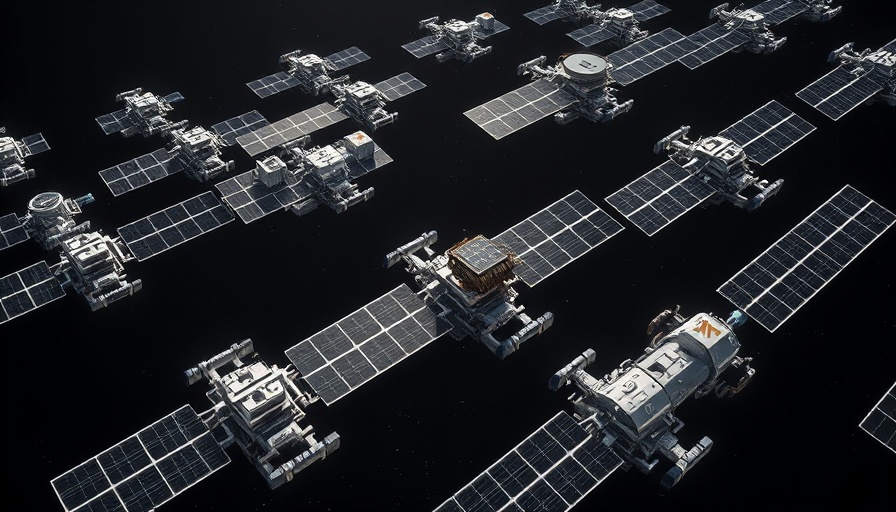
Rocket Lab's Innovative Approach to Solar Arrays
Rocket Lab, a prominent name in the aerospace industry, is expanding its horizons beyond rockets with the launch of its new Standardized Array (STARRAY) line of customizable solar arrays. Unveiled at the 40th Space Symposium in Colorado Springs, these arrays are designed to cater to the specific power needs of satellites, offering a tailored solution that saves manufacturers both time and resources.
Meeting Diverse Power Requirements
The STARRAY line showcases seven different solar array sizes with power outputs ranging from 100 watts to over 2,000 watts. “Customers can choose from a range of pre-engineered solar array configurations to meet the needs of their application,” said Brad Clevenger, Rocket Lab's Vice President of Space Systems. This initiative not only illustrates Rocket Lab’s adaptability but also addresses the industry's growing need for customizable solutions in satellite technology.
A Shift Towards Vertical Integration
Following its acquisition of SolAero in 2022, Rocket Lab has established a vertically integrated manufacturing system that streamlines the production of solar cells and their assemblies. This means Rocket Lab can manage the entire process, from design to production, thus reducing costs and improving efficiency. This capability places Rocket Lab in a strong position to compete with traditional satellite manufacturers by offering quicker lead times and a more adaptable production process.
The Future of Satellite Technology
The introduction of customizable solar arrays marks a significant step forward for Rocket Lab and the satellite technology sector as a whole. With growing demands for satellite communication, Earth observation, and other space applications, innovative solar solutions promise to enhance operational efficiency and expand the capabilities of various missions.
Implications for Emerging Space Markets
The customizable nature of Rocket Lab's solar arrays reflects broader trends in the space industry where flexibility and specificity are paramount. This approach not only benefits commercial clients but could also have significant implications for government contracts, as evidenced by Rocket Lab's recent consideration as a partner for military hypersonic programs. Such developments point toward an era of faster deployment and customized solutions in space missions.
Final Thoughts on Rocket Lab's Advancements
As Rocket Lab continues to innovate and expand its offerings, the industry will be watching closely. The ability to produce high-quality, adaptable solar arrays could set new standards in satellite design and manufacturing. With the marriage between technology and innovation at the forefront, Rocket Lab’s advancements could potentially revolutionize how satellites operate under different orbital conditions.
 Add Row
Add Row  Add
Add 




Write A Comment